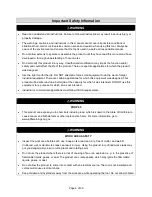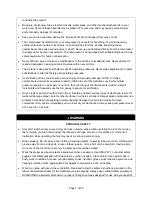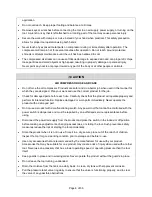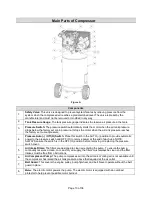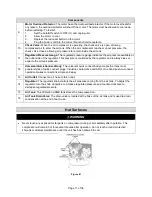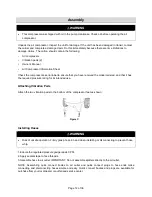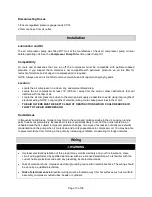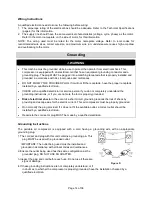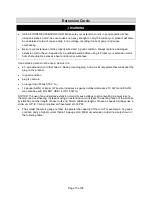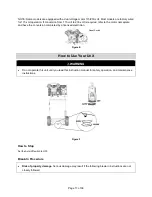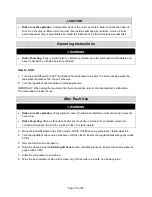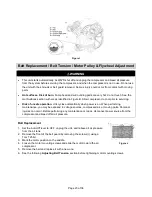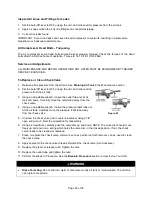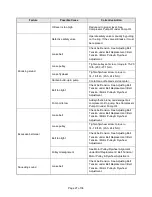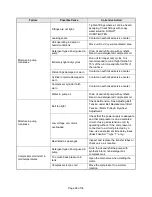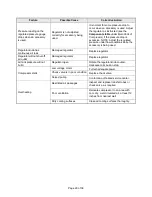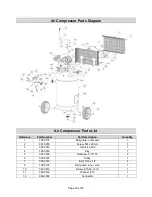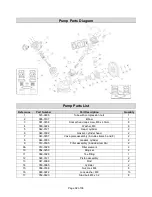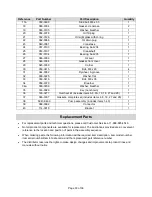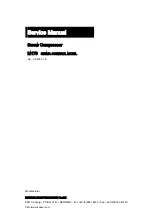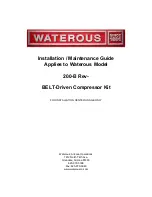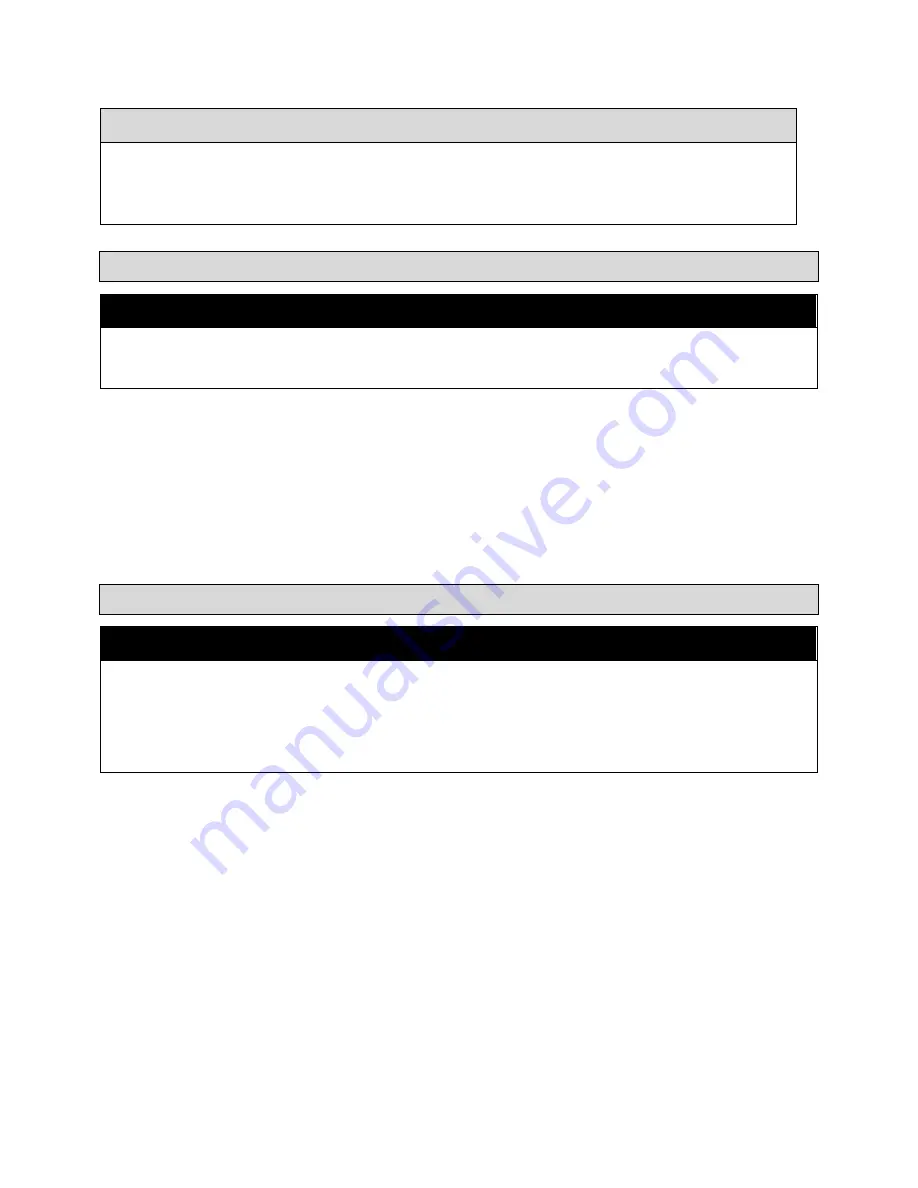
Page 19 of 36
⚠
CAUTION
•
Risk of unsafe operation.
Compressed air from the unit may contain water condensation and oil
mist. Do not spray unfiltered air at an item that could be damaged by moisture. Some air tools
and accessories may require filtered air. Read the instructions for the air tools and accessories.
Operating Instructions
⚠
WARNING
•
Risk of bursting.
If any unusual noise or vibration is noticed, stop the compressor immediately and
have it checked by a trained service technician.
How to Start
1. Turn the Auto/Off switch to AUTO and allow the tank pressure to build. The motor will stop when the
tank pressure reaches the
“cut-out” pressure.
2. Turn the regulator knob clockwise to increase pressure.
IMPORTANT: When using the regulator and other accessories,
refer to the manufacturer’s instructions.
The compressor is ready for use.
After Each Use
⚠
WARNING
•
Risk of unsafe operation.
Firmly grasp air hose in hand when installing or disconnecting to prevent
hose whip.
•
Risk of bursting.
Drain air tank daily. Water will condense in air tank. If not drained, water will
corrode and weaken the air tank causing a risk of air tank rupture.
3. Move the Auto/Off switch to the OFF position. NOTE: If finished using compressor, follow steps 4-8.
4. Turn the regulator knob counter-clockwise until fully closed. Ensure the regulated pressure gauge reads
0 PSI.
5. Remove the hose and accessory.
6. Drain the air tank. See the
Draining Air Tank
section under
Maintenance
. Ensure the air tank pressure
gauge reads 0 PSI.
7. Allow the compressor to cool down.
8. Wipe the air compressor clean with a clean, dry cloth and store in a safe, non-freezing area.


